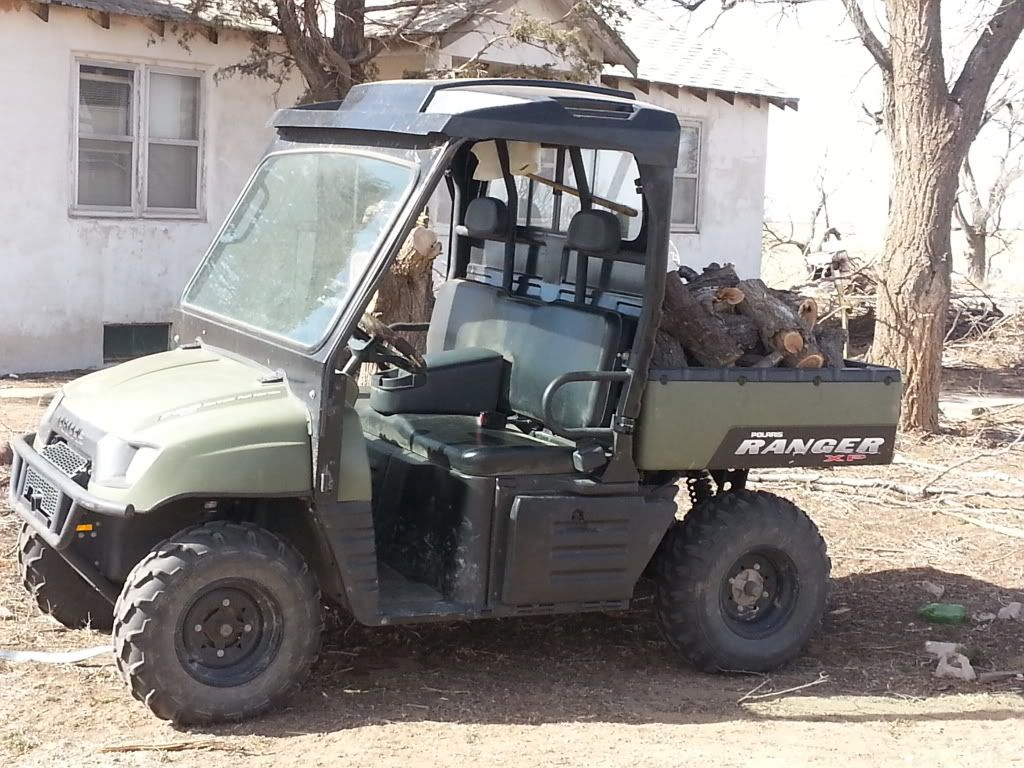Here's what I started with. It had good "bones". It was on the back of a PU headed for a scrap yard... I "saved" it-
--
![]()
--
So far I've added a drawer and extended the height of it. I don't know that there's much more that can be added to it beyond the casters and a handle but.... with as creative as you guys are.... who knows what features will show up in photos.
--

--
So far I've added a drawer and extended the height of it. I don't know that there's much more that can be added to it beyond the casters and a handle but.... with as creative as you guys are.... who knows what features will show up in photos.

















